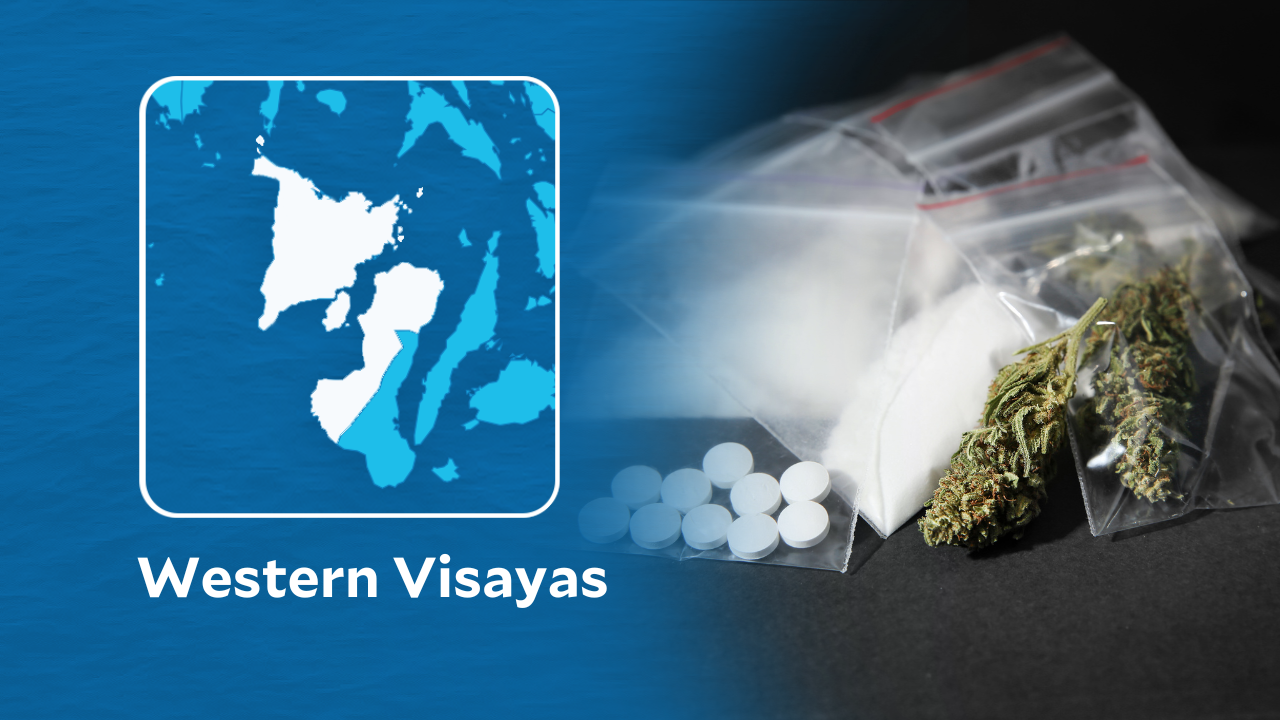ILOILO CITY, Philippines — About 93.21 percent of Western Visayas barangays are not affected by illegal drugs, the Philippine Drug Enforcement Agency (PDEA) revealed.
Data from the PDEA showed that a total of 3,776 of the 4,051 barangays in Western Visayas have either been classified as drug-cleared or drug-free as of Aug 31, 2024, underscoring the region’s ongoing efforts to combat illegal drugs.
PDEA intelligence agent Ruben Pilar Jr. was quoted as saying that the region’s drug situation remained “manageable,” according to the statement released by the agency on Sept. 11.
READ: PDEA-7 burns P374.6M illegal drugs from Central Visayas
At least 2,457 villages were previously affected by illegal drugs but have undergone rehabilitation and are now classified as drug-cleared, while 1,319 barangays have also been verified as drug-free by the Regional Oversight Committee on Barangay Drug Clearing.
This left only 275 barangays or 6.79 percent, that were yet to be cleared, PDEA said.
Distinctions
Drug-cleared barangays are those that were once affected by narcotics but have successfully implemented the Barangay Drug Clearing Program, Pilar explained.
Drug-free barangays, on the other hand, are those that have never been affected by illegal drugs and have been verified by the committee.
Three provinces—Aklan, Antique, and Guimaras—have reached 100 percent drug-cleared status.
In Aklan, 220 barangays are drug-cleared while 107 are drug-free. Antique has 288 drug-cleared and 302 drug-free villages. Guimaras recorded 82 drug-cleared and 16 drug-free barangays.
Capiz has achieved a 93.45 percent drug-cleared rate, while Iloilo province stood at 99.59 percent. Negros Occidental has 81.36 percent of its barangays cleared of drugs.
However, the report highlighted challenges in highly urbanized cities. Iloilo City, for instance, has cleared 52.78 percent of its barangays, while Bacolod City trails behind with 34.43 percent. These urban areas are dealing with more complex drug-related issues due to their dense population and larger economies, PDEA said.
Negros Occidental Gov. Eugenio Jose Lacson, who chairs the Regional Peace and Order Council, lauded the collaboration between local governments and PDEA in pushing for a drug-free region.
“The concerted efforts of our barangays, law enforcement, and community leaders have contributed greatly to these numbers. We aim to completely eliminate the remaining affected areas,” he said.
